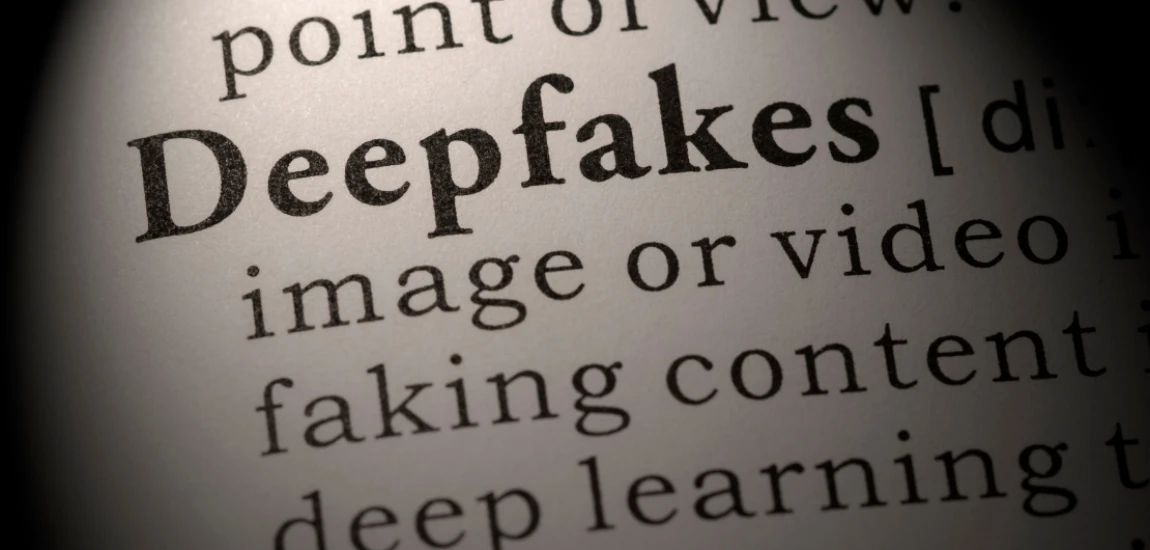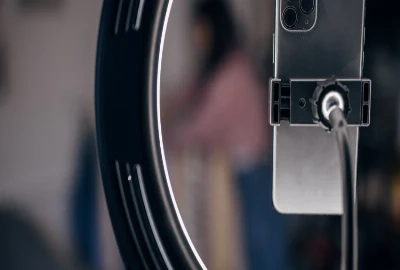Celebrity Holograms and Deepfakes: Ethics in Digital Resurrection

Technology has always shaped entertainment, but in recent years, innovations like celebrity holograms and deepfakes have pushed ethical debates into the spotlight. We’ve seen Tupac perform as a hologram at Coachella, James Dean digitally cast in a modern film, and deepfake videos circulating on social media. While these digital resurrections raise questions about artistry, nostalgia, and fan engagement, they also force us to confront concerns about consent, exploitation, and legacy.
This blog examines the ethics of celebrity holograms and deepfakes, analyzing how these technologies are used, their potential benefits, and the moral dilemmas they present for the entertainment industry and society.
The Rise of Celebrity Holograms

From Live Concerts to Virtual Revivals
Holograms of late icons like Michael Jackson and Whitney Houston have been used in live concerts, allowing fans to experience performances that feel both nostalgic and futuristic. While these shows captivate audiences, critics question whether they honor the artist or exploit their image.
Commercial Motivations Behind Holograms
Much of the hologram revival movement is driven by profit. Estate holders and production companies can repackage performances without the living celebrity, raising ethical concerns about commodifying someone who cannot give consent.
Fan Experience vs. Authenticity
For fans, seeing their favorite artist "live" again is emotional and memorable. However, some argue that hologram performances lack the authenticity of real artistry and reduce celebrities to digital puppets rather than honoring their true legacy.
Deepfakes and the Entertainment Industry

What Are Deepfakes?
Deepfakes use AI to create hyper-realistic videos that replace one person’s face with another’s. In entertainment, they’ve been used to de-age actors, resurrect deceased stars, or even create entirely new performances.
Positive Uses in Film and TV
Deepfakes aren’t always negative. They can extend creative possibilities—such as creating flashbacks with younger versions of actors, or allowing filmmakers to complete movies interrupted by an actor’s untimely death.
Risks of Misuse
The danger comes when deepfakes are used without permission, potentially damaging reputations or spreading misinformation. The thin line between tribute and exploitation makes regulating deepfake content especially complex.
Consent, Legacy, and Moral Rights

Who Gets to Decide?
When a celebrity passes away, who controls their digital image? Often, it’s estates, production companies, or family members, but this doesn’t always reflect the wishes of the celebrity themselves.
Legacy vs. Exploitation
While digital resurrection can introduce younger generations to cultural icons, it can also distort their artistic legacy. Would Marilyn Monroe have wanted to appear in modern ads? Would Robin Williams approve of a digital recreation of his voice? These questions remain unanswered.
Emotional Impact on Fans and Families
The digital return of a loved star can be bittersweet. While fans may feel joy, families may feel the intrusion is disrespectful, especially if done for commercial gain rather than tribute.
Legal and Ethical Challenges
The Grey Area of Digital Rights
Current copyright and intellectual property laws often fall short in regulating celebrity holograms and deepfakes. Likeness rights vary from country to country, leaving gaps for misuse and exploitation.
The Push for New Legislation
Several governments are exploring laws to protect digital likenesses, such as requiring explicit consent before creating deepfakes. These regulations could safeguard celebrities and their heirs from unauthorized exploitation.
Industry Responsibility
Beyond legal frameworks, production studios, tech companies, and artists themselves need to take responsibility. Setting ethical guidelines around digital resurrection can help prevent abuse while still allowing innovation.

Audience Reception: Fascination or Backlash?

Nostalgia and Curiosity
Audiences are fascinated by seeing their favorite stars return to the stage or screen. Nostalgia fuels demand for hologram tours and digital cameos, creating powerful emotional moments.
The “Creepy” Factor
However, not all viewers embrace digital resurrections. Some find holograms and deepfakes unsettling, often labeling them as “uncanny” or exploitative. The reception varies widely across cultures and age groups.
When Fans Push Back
In some cases, audiences have criticized hologram tours or deepfake ads as disrespectful. Fan backlash can harm not just the production company but also tarnish the celebrity’s posthumous image.
The Future of Digital Resurrection

Hybrid Entertainment Experiences
As VR, AR, and AI technologies advance, holograms and deepfakes may become more immersive. We could see fully interactive concerts, films, or even personalized experiences with digital celebrities.
Ethical Innovation
The key to the future lies in balancing innovation with ethics. Establishing transparent consent, fair compensation for estates, and clear respect for legacy will determine whether these technologies are embraced or rejected.
Redefining Immortality in Pop Culture
Digital resurrection raises a profound question: should celebrities live forever through technology, or should their art remain frozen in its time? How society answers will shape the cultural landscape of the next generation.



